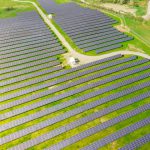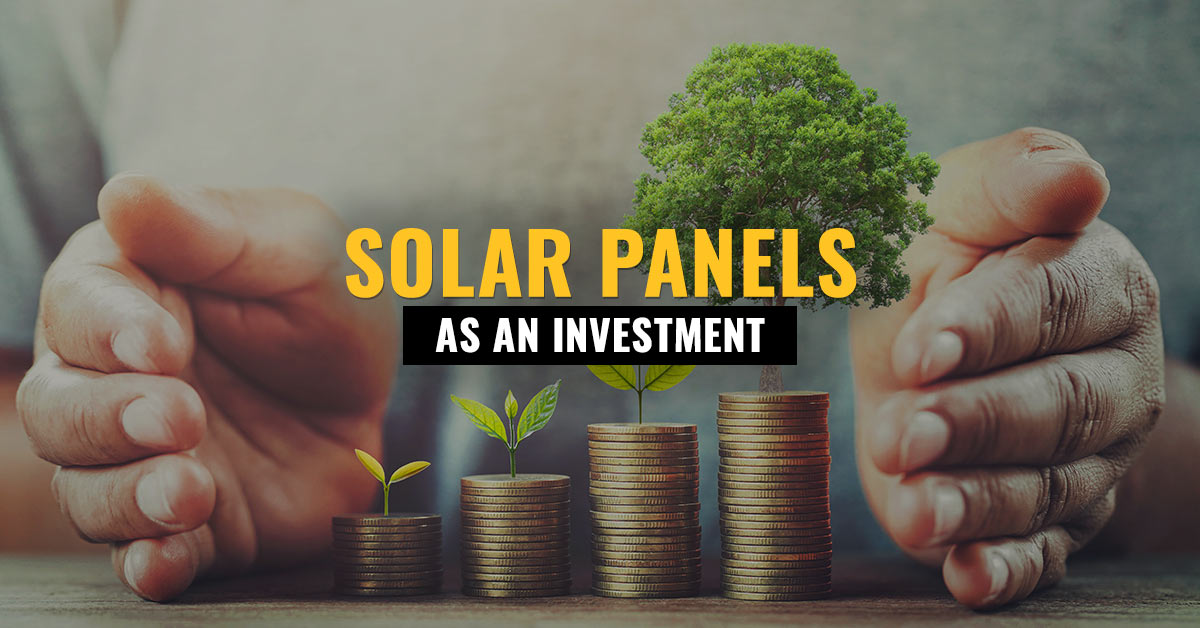
Singapore may soon be drawing around 15% of its electricity from Australia by 2027 if a scheme by Australian firm Sun Cable materializes.
The company plans to develop a massive infrastructure project building solar farms in Northern Australia. The power produced further will be supplied to Indonesia and Singapore via a 4,200km-long high-voltage direct power cable. The project (aka Australia-Asia PowerLink) is expected to cost over US$22bn, which makes it the world’s largest renewable energy infrastructure project.
Australian firm Sun Cable’s project aims to start working on its high-voltage undersea cable in 2027. It is expected to generate between 17 and 20 gigawatt-peak (GWp) of electricity, and some of which will be stored on site in what is considered as the world’s largest battery at 36 to 42 gigawatt-hours.
The project will largely transport the power undersea. However, almost 500 miles (800 km) of the cable is expected to travel overland to reach the sea from the new facility. Sun Cable says the Powell Creek Solar Precinct will power around 15% of Singapore’s electricity, which is projected as an equivalent of powering around three million homes. Construction will begin in 2023 and last for around four years before the massive solar power network goes into full operation.
What’s the environmental benefit? The scheme is expected to be the equivalent of taking 2.5 million cars off the road, which will help power Southeast Asia, where energy demand is growing at 6% a year.
In this context, Sun Cable highlighted the ongoing energy transition in the Indo-Pacific and the share of energy by electricity rising quickly. In Southeast Asia, energy demand is forecast to grow 60% by 2040. Moreover, Australia has the world’s highest delivered per capita solar resource in the G20 and the second highest in the world. Sun Cable highlighted the unique opportunity to export large volumes of renewable energy. Plus, the prospect to support regional energy needs and sustaining economic growth.





